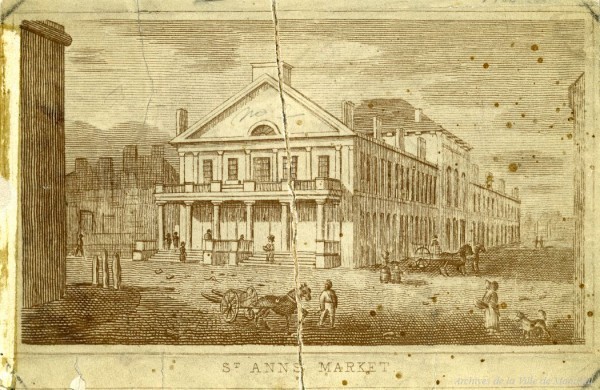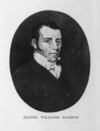- Sir George-Étienne Cartier
- The Formative Years
- The Patriote Rebellions
(1837—38): “I was of your number” - The Return: Cartier in the Days Following the Rebellions (1839—48)
- Cartier and the Union: Strengths and Limitations of a Regime (1848—67)
- Cartier: The Leader of Canada East (1851—67)
- Organization of the New Dominion of Canada (1867—73)
- Cartier in History
Return to Politics: the Reformist Route

Source: Link
After the failure of the rebellions, George-Étienne CARTIER adopted a new strategy:
“Cartier seems to have quickly accepted the idea that armed resistance to [British] authority was useless, and that it was better to seek to bring about constitutional reforms.”
With the end of the rebellions and the return to relative calm, some of those who had taken a role in the Patriote movement questioned their political ideologies. Like Cartier, the physician and politician Étienne-Paschal TACHÉ changed course:
“[Taché] was… a Patriote, who at the time of the union [of 1840–41] became willing to compromise. … He believed now in an alliance with the Upper Canadian Reformers and the possibility of deriving benefit from the union of the Canadas. With that end in view he entered public life.”
Little by little, Cartier took the Reformist route and publicly stated his commitment:
“[Cartier was] attached to British institutions, which, in conferring responsible government, seemed to him to guarantee sufficiently the triumph of a democracy tempered by a non-elective upper chamber.”
Furthermore, adopting this attitude seemed, in his opinion, to offer Canadians protection from their southern neighbours:
“Cartier all his life had an almost morbid fear of the United States, and was always strongly opposed to its republican institutions.”
His political priority was to ensure that French Canadians thrived within United Canada (1840–67). To achieve this objective, he moved closer to his new mentor in politics, Louis-Hippolyte LA FONTAINE, the Reform leader of Canada East (Lower Canada; present-day Quebec):
“While carrying on his profession, Cartier continued to take an interest in public affairs. … In the political sphere, he accepted the union, became a supporter of Louis-Hippolyte
Cartier became more involved:
“In 1844, when the La Fontaine–Baldwin ministry resigned as a result of the refusal of the governor, Sir Charles Theophilus
A subtle political strategist and acknowledged organizer, Cartier joined La Fontaine’s inner circle. This excerpt from La Fontaine’s biography demonstrates the tension and violence that were sometimes part of election campaigns in the 19th century:
“[La Fontaine] knew how elections were won. When in opposition, he set up a network of agents who could keep him informed at all times about the opinions, prejudices, needs, and desires in each county. At election times, these agents were readily transformed into speakers and candidates. Early in 1844, he asked Hincks to come to Montreal to coordinate operations. With the help of organizers such as Joseph-Édouard Cauchon for the Quebec region and George-Étienne
A few years later, it was Cartier’s turn to run for office, a critical first step in his rise to power:
“Because [Cartier] did not feel sufficiently established in his profession, he rejected a number of proposals that he should himself be a candidate, but finally agreed to stand against Amable Marion in a by-election in Verchères; on 7 April 1848 he was elected a member of the Legislative Assembly of United Canada. It was then that his true political career began; it continued uninterrupted until his death.”
To learn more about the people involved in the Reformist political movement in United Canada between 1839 and 1848, we invite you to consult the following biographies:





